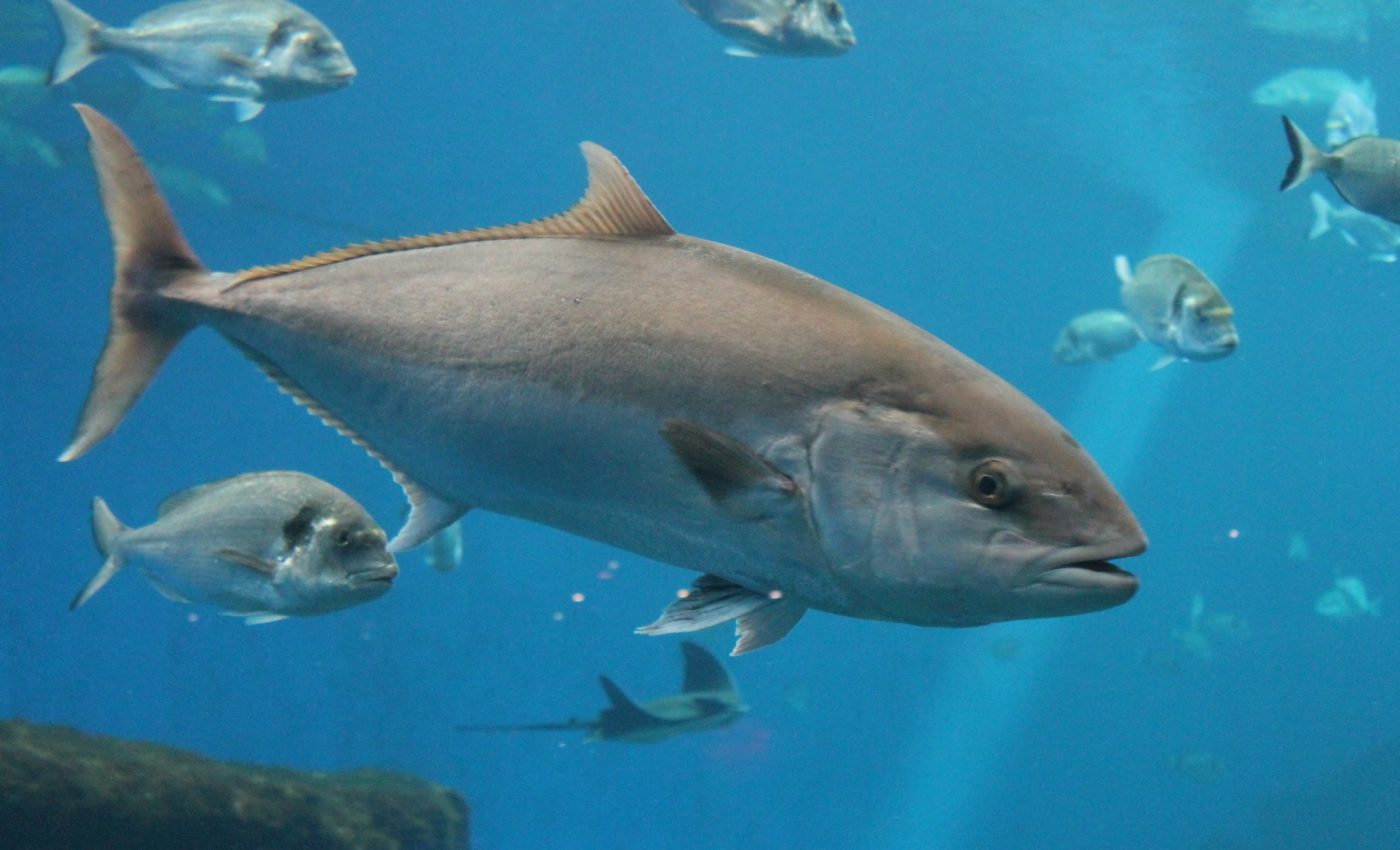
Warming temperatures are causing an increase in toxic methylmercury
According to new research from the Harvard John A. Paulson School of Engineering and Applied Sciences (SEAS) and the Harvard T. H. Chan School of Public Health (HSPH), climate change is contributing to an increase of the neurotoxin methylmercury, an organic form of mercury, most commonly found in cod, Atlantic bluefin tuna and swordfish. These findings are published in Nature.
Using a comprehensive model that simulates how environmental factors, like warming ocean temperatures and overfishing, impact levels of methylmercury in fish, researchers found that rising temperatures are causing methylmercury levels to rise despite government regulations of mercury emissions that are already in place.
“This research is a major advance in understanding how and why ocean predators, such as tuna and swordfish, are accumulating mercury,” said senior author Elsie Sunderland, the Gordon McKay Professor of Environmental Chemistry at SEAS and HSPH.
“Being able to predict the future of mercury levels in fish is the holy grail of mercury research,” added first author Amina Schartup, former research associate at SEAS and HSPH. “That question has been so difficult to answer because, until now, we didn’t have a good understanding of why methylmercury levels were so high in big fish.”
It is understood that organisms at the top of the food chain contain higher levels of methylmercury than those at the bottom. However, how this happens is a less understood process.
To solve this mystery, the research team first analyzed 30-years-worth of ecosystem data (1970s to 2000s) from the Gulf of Maine, which included analysis of the stomach contents of the Atlantic cod and the spiny dogfish.
They found that methylmercury levels in cod were 6-20% lower in 1970 than they were in 2000. Spiny dogfish, on the other hand, had levels 33-61% higher in 1970 compared to 2000 despite living in the same ecosystem and existing in a similar spot in the food web as cod.
The team realized that during the 1970s, the Gulf of Maine experienced a dramatic drop in herring population caused by overfishing. Because both cod and spiny dogfish eat herring, the two species were forced to find substitutes — cod began eating shads and sardines, which are low in methylmercury, and spiny dogfish, ate squid and other cephalopods, which are higher in methylmercury. So, when the herring population rejuvenated in 2000, cod went back to a diet higher in methylmercury, whereas spiny dogfish did the opposite.
Furthermore, the size of a fish’s mouth also contributes to their methylmercury consumption. Some fish can only consume prey that fits in their mouth, whereas others have different tactics to take down their food source.
“There’s always been a problem modeling methylmercury levels in organisms like cephalopods and swordfish because they don’t follow typical bioaccumulation patterns based on their size,” said Sunderland. “Their unique feeding patterns means they can eat bigger prey, which means they’re eating things that have bioaccumulated more methylmercury. We were able to represent that in our model.”
However, figuring out the high methylmercury levels in tuna was a larger challenge. It’s at the top of the food chain, but this isn’t an accurate reason for why its levels are so high. Schartup realized that because tuna swim so fast and migrate, they need to consume more to keep up their energy.
“These Michael Phelps-style fish eat a lot more for their size but, because they swim so much, they don’t have compensatory growth that dilutes their body burden. So, you can model that as a function,” Schartup said.
And as the water warms, fish of all shapes and sizes require more energy to swim, which therefore requires them to consume more calories. In fact, using their model, the researchers predict that an increase of 1 degree Celsius relative to the year 2000 will lead to a 32% increase in methylmercury in cod and a 70% increase of methylmercury in spiny dogfish.
“This model allows us to look at all these different parameters at the same time, just as it happens in the real world,” said Schartup.
“We have shown that the benefits of reducing mercury emissions holds, irrespective of what else is happening in the ecosystem. But if we want to continue the trend of reducing methylmercury exposure in the future, we need a two-pronged approach,” said Sunderland. “Climate change is going to exacerbate human exposure to methylmercury through seafood, so to protect ecosystems and human health, we need to regulate both mercury emissions and greenhouse gases.”
—
By Olivia Harvey, Earth.com Staff Writer
Paid for by Earth.com
Image Credit: Shutterstock/Lorna Roberts














